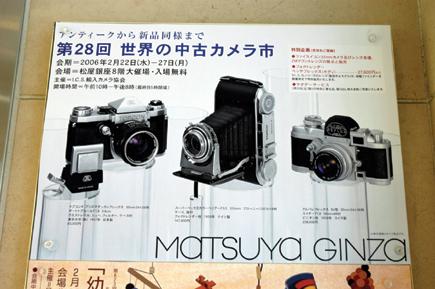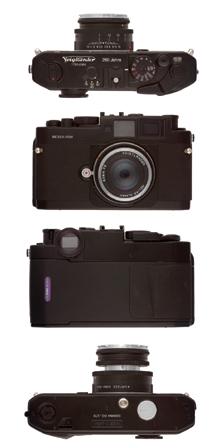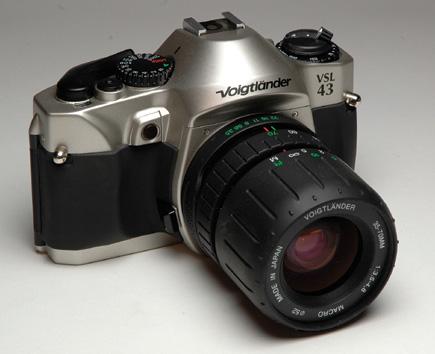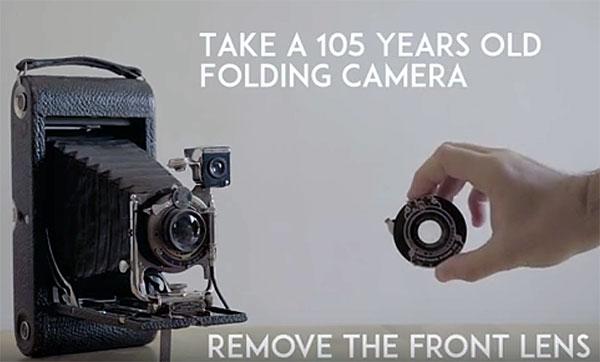Classic Camera Reviews
Sort By: Post DateTitle Publish Date
|
Nov 08, 2012 |
First Published: Oct 01, 2012 |
|
Aug 28, 2020 |
|
Sep 01, 2009 |
|
Oct 01, 2007 |
|
Jul 01, 2006 |
|
Nov 15, 2013 |
First Published: Oct 01, 2013 |
|
Jan 15, 2013 |
First Published: Dec 01, 2012 |
|
Dec 01, 2015 |
|
Apr 01, 2003 |
|
Apr 01, 2007 |
|
Apr 01, 2006 |
|
Sep 01, 2006 |
|
Apr 16, 2019 |
















